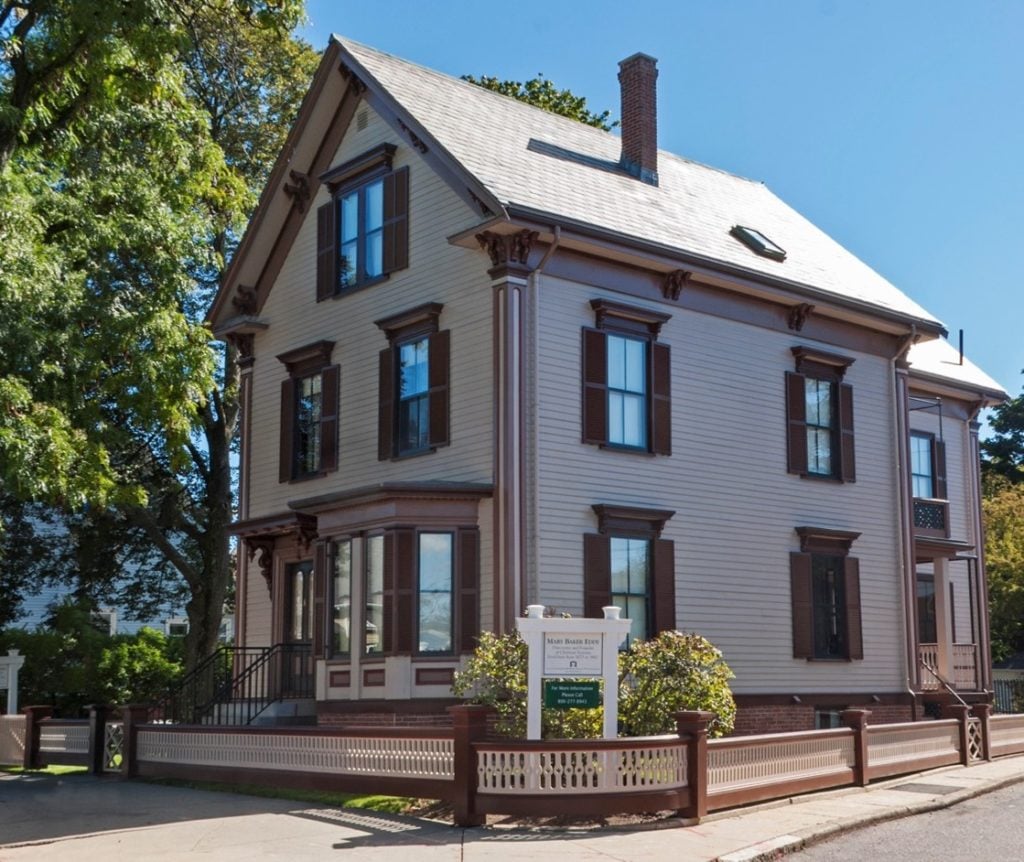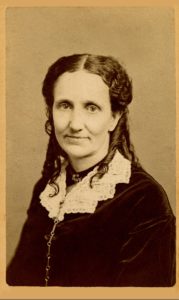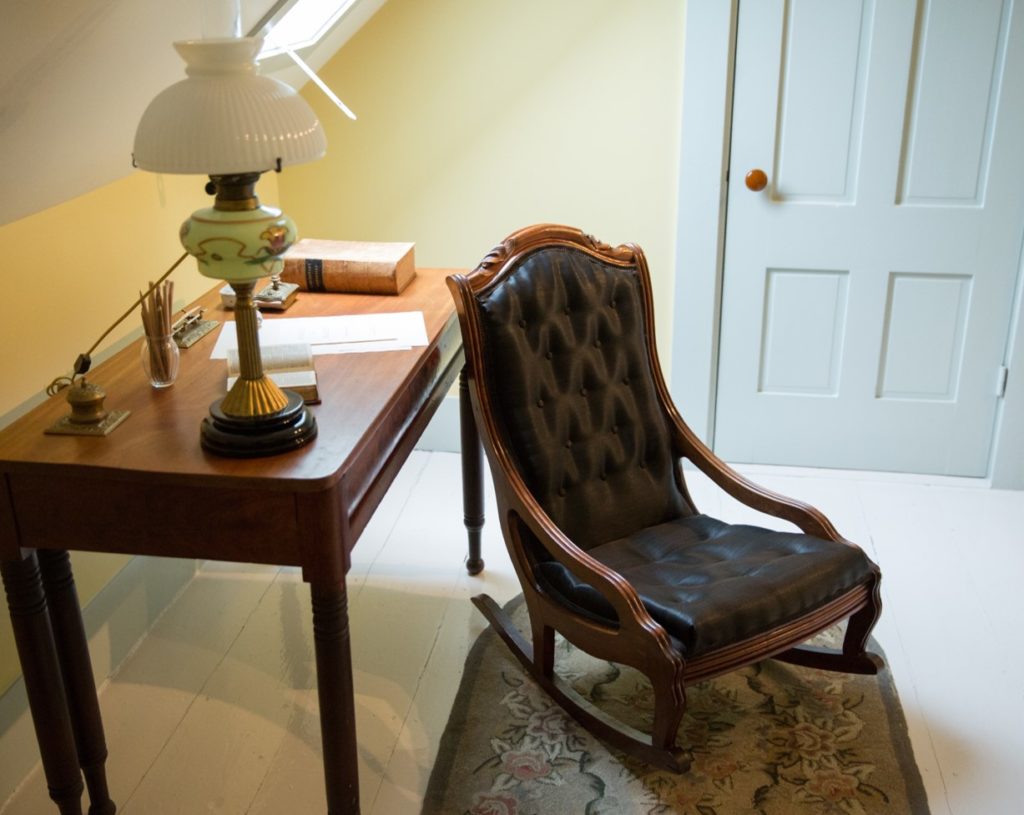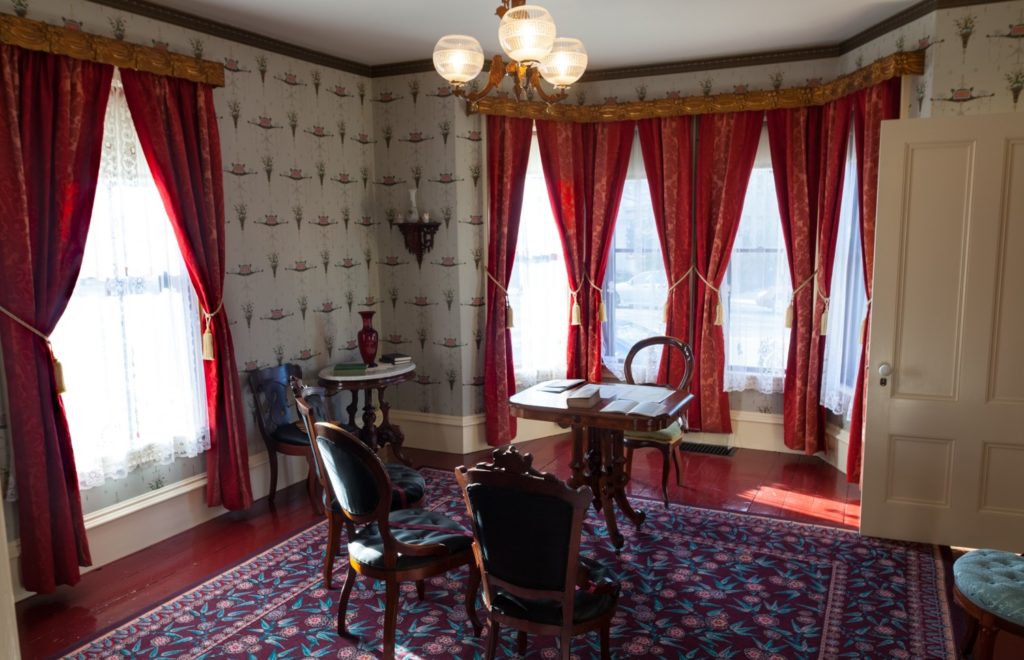Longyear Museum is delighted to announce that 8 Broad Street, the Mary Baker Eddy Historic House in Lynn, Massachusetts, has been designated a National Historic Landmark by the United States Department of the Interior. This is the highest level of recognition for a historic site in the United States.
“National Landmarks are historic places that are nationally important,” says Longyear Museum executive director Sandra J. Houston. “They are designated by the Secretary of the Interior as having exceptional value because they illustrate United States heritage, not just state or local history. Our application for this status to the National Park Service emphasized the significant work Mrs. Eddy accomplished while living in this house, as well as her stature as an American religious leader.”


This home – where Mary Baker Eddy completed and published Science and Health, began preaching and organized her church, chartered the Massachusetts Metaphysical College, and laid the foundations for the Christian Science movement – is now in exclusive company. Other historic homes designated as National Historic Landmarks include Monticello, Thomas Jefferson’s home in Virginia; Boston’s Paul Revere House; and the John Adams birthplace in Quincy, Massachusetts, among others.
Longyear’s nomination, which was funded in part by the National Collaborative for Women’s History Sites, was submitted to the Landmarks Committee of the National Parks Service Advisory Board, an appointed committee that includes scholars and experts in the fields of history, archaeology, architectural history, and historic preservation, among others.

This past November, the committee met to discuss the nomination and unanimously recommended it to the Advisory Board. The Secretary of the Interior signed the approval on Wednesday, January 13, 2021.
“Eight Broad Street was already a contributing building in a National Register district, the Diamond Historic District in Lynn,” explains preservation architect Gary Wolf, FAIA, who collaborated with Longyear on the restoration of the property, completed in 2013, as well as on the nomination form. “Its National Historic Landmark designation means that it now also is automatically included in the National Register as an individual property.”

The National Historic Landmark program’s origins lie in the provisions of the 1935 Historic Sites and Buildings Act, which called for recognizing properties of national significance.
Anyone wishing to read the full nomination submitted by Longyear may find it by clicking here.